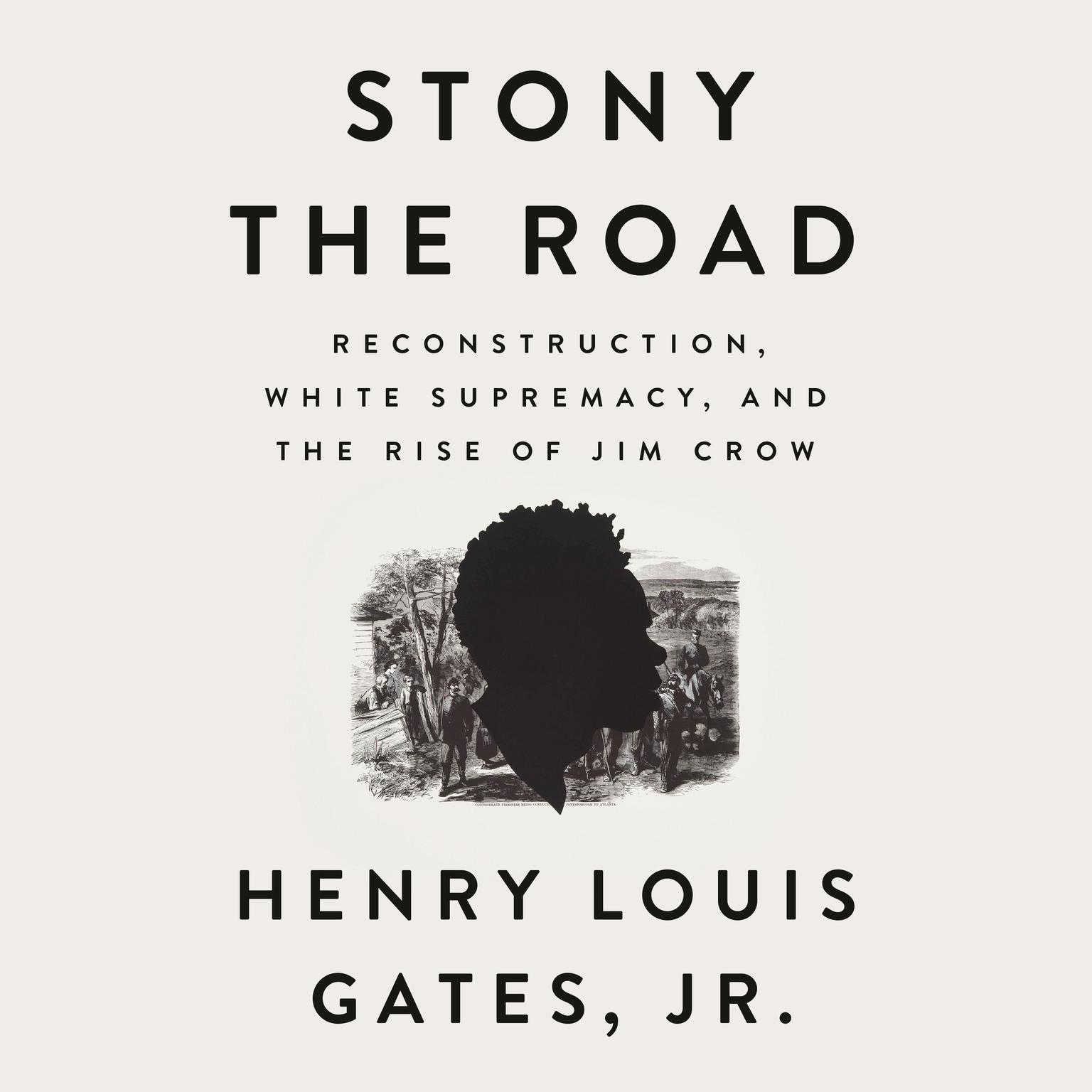Publisher Description
A profound new rendering of the struggle by African-Americans for equality after the Civil War and the violent counter-revolution that resubjugated them, as seen through the prism of the war of images and ideas that have left an enduring racist stain on the American mind.
The abolition of slavery in the aftermath of the Civil War is a familiar story, as is the civil rights revolution that transformed the nation after World War II. But the century in between remains a mystery: if emancipation sparked “a new birth of freedom” in Lincoln’s America, why was it necessary to march in Martin Luther King, Jr.’s America? In this new book, Henry Louis Gates, Jr., one of our leading chroniclers of the African-American experience, seeks to answer that question in a history that moves from the Reconstruction Era to the “nadir” of the African-American experience under Jim Crow, through to World War I and the Harlem Renaissance.
Through his close reading of the visual culture of this tragic era, Gates reveals the many faces of Jim Crow and how, together, they reinforced a stark color line between white and black Americans. Bringing a lifetime of wisdom to bear as a scholar, filmmaker, and public intellectual, Gates uncovers the roots of structural racism in our own time, while showing how African Americans after slavery combatted it by articulating a vision of a “New Negro” to force the nation to recognize their humanity and unique contributions to America as it hurtled toward the modern age.
The story Gates tells begins with great hope, with the Emancipation Proclamation, Union victory, and the liberation of nearly 4 million enslaved African-Americans. Until 1877, the federal government, goaded by the activism of Frederick Douglass and many others, tried at various turns to sustain their new rights. But the terror unleashed by white paramilitary groups in the former Confederacy, combined with deteriorating economic conditions and a loss of Northern will, restored “home rule” to the South. The retreat from Reconstruction was followed by one of the most violent periods in our history, with thousands of black people murdered or lynched and many more afflicted by the degrading impositions of Jim Crow segregation.
An essential tour through one of America’s fundamental historical tragedies, Stony the Road is also a story of heroic resistance, as figures such as W. E. B. Du Bois and Ida B. Wells fought to create a counter-narrative, and culture, inside the lion’s mouth. As sobering as this tale is, it also has within it the inspiration that comes with encountering the hopes our ancestors advanced against the longest odds.
*Includes a Bonus PDF of images from the book.
Download and start listening now!
In Stony the Road, Gates demonstrates his chops as a lyrical narrative historian. He surveys an era full of pain and loss but also human persistence and astonishing cultural renewal in African American life. Reconstruction and its long aftermath down to the 1920s was a series of revolutions and counter-revolutions and Gates’s success here is in telling it as a moving and complex story about politics, science, art, and ideas all wrapped in one form after another of racism, managed and blunted by resistance. White supremacy triumphs in this long dark era; it left many casualties along the by-ways of America’s worst sins. But this is a work that shows that good history can also rise up as a redemption song when we know the facts of what happened and why and how people endure, thrive and create their own new worlds.
—
David W. Blight, Yale University, and author of Frederick Douglass: Prophet of Freedom











